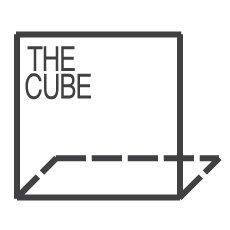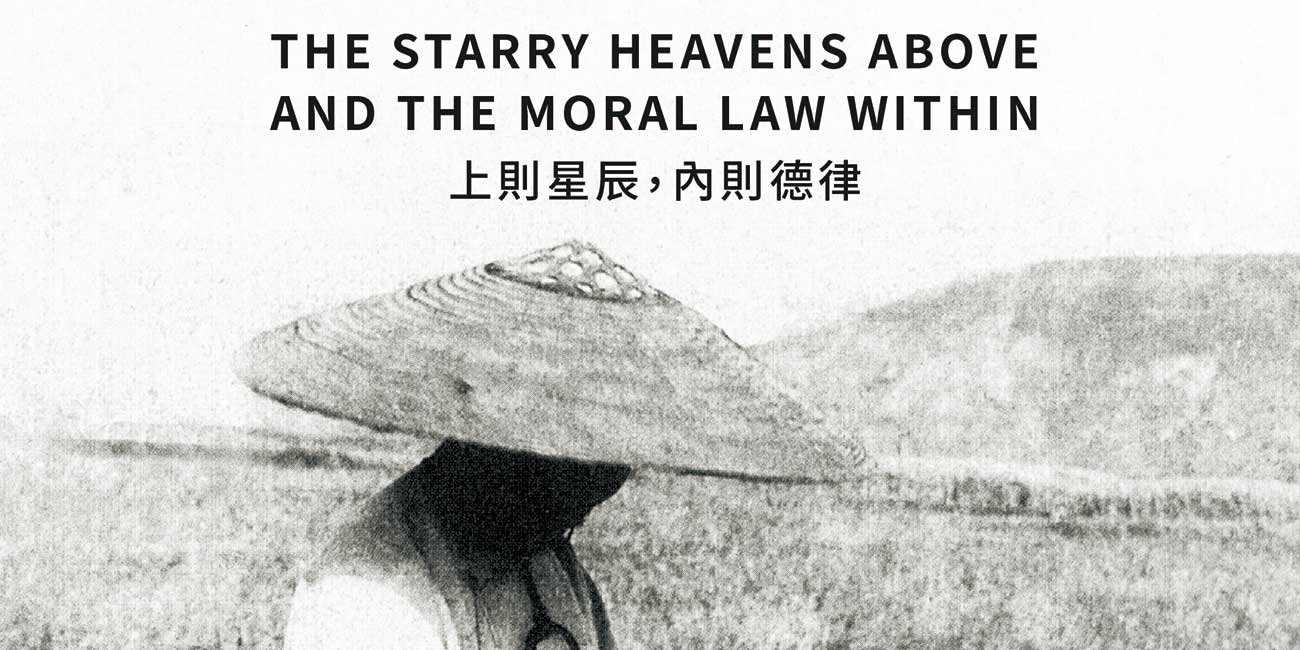

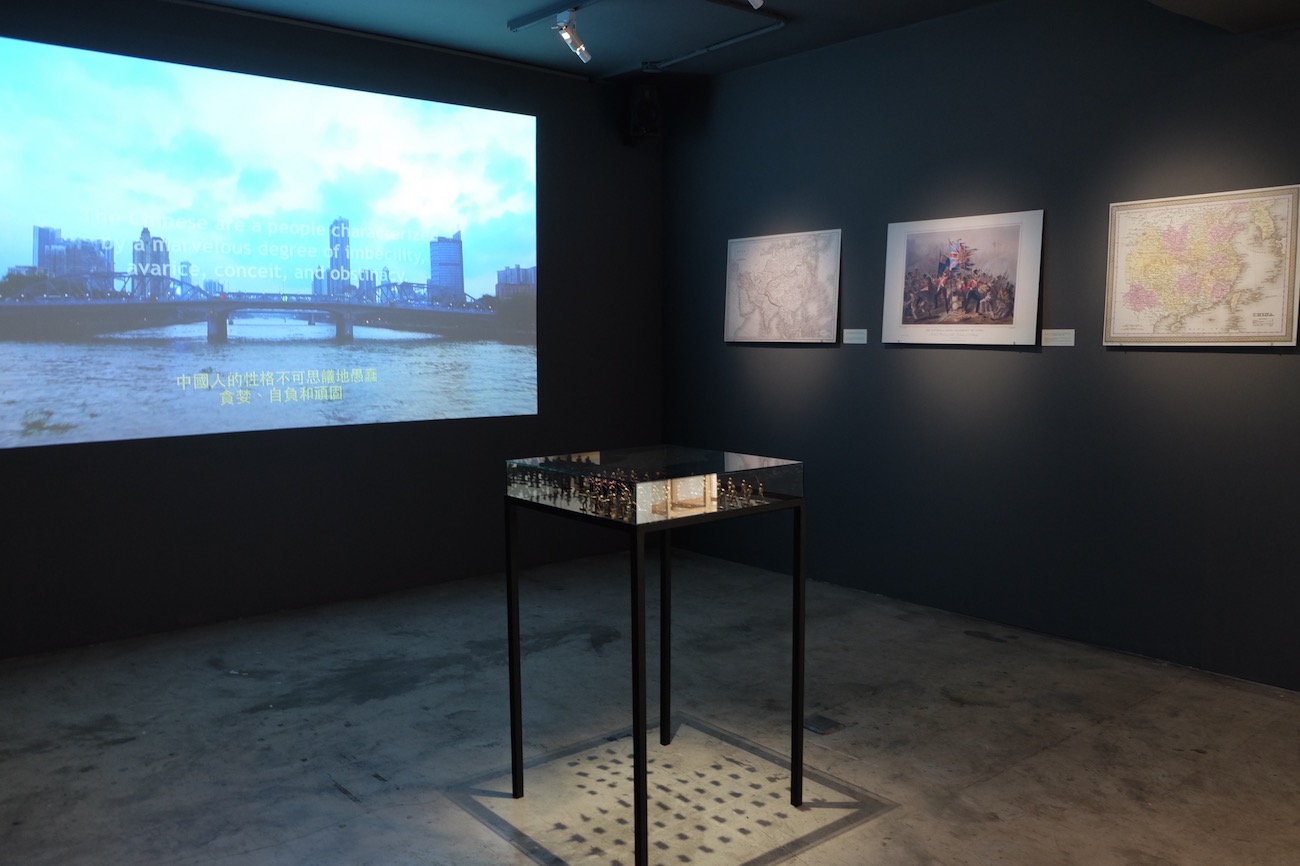
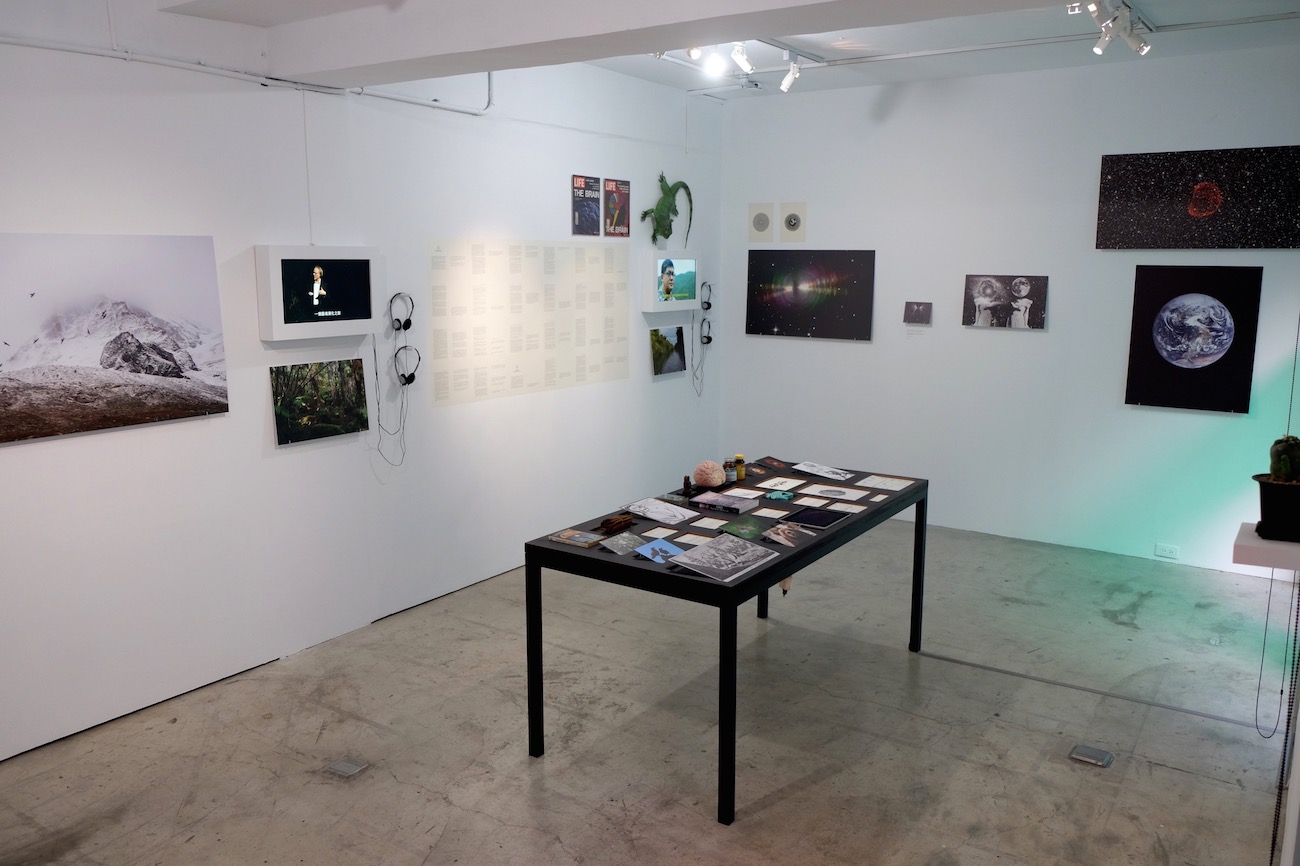
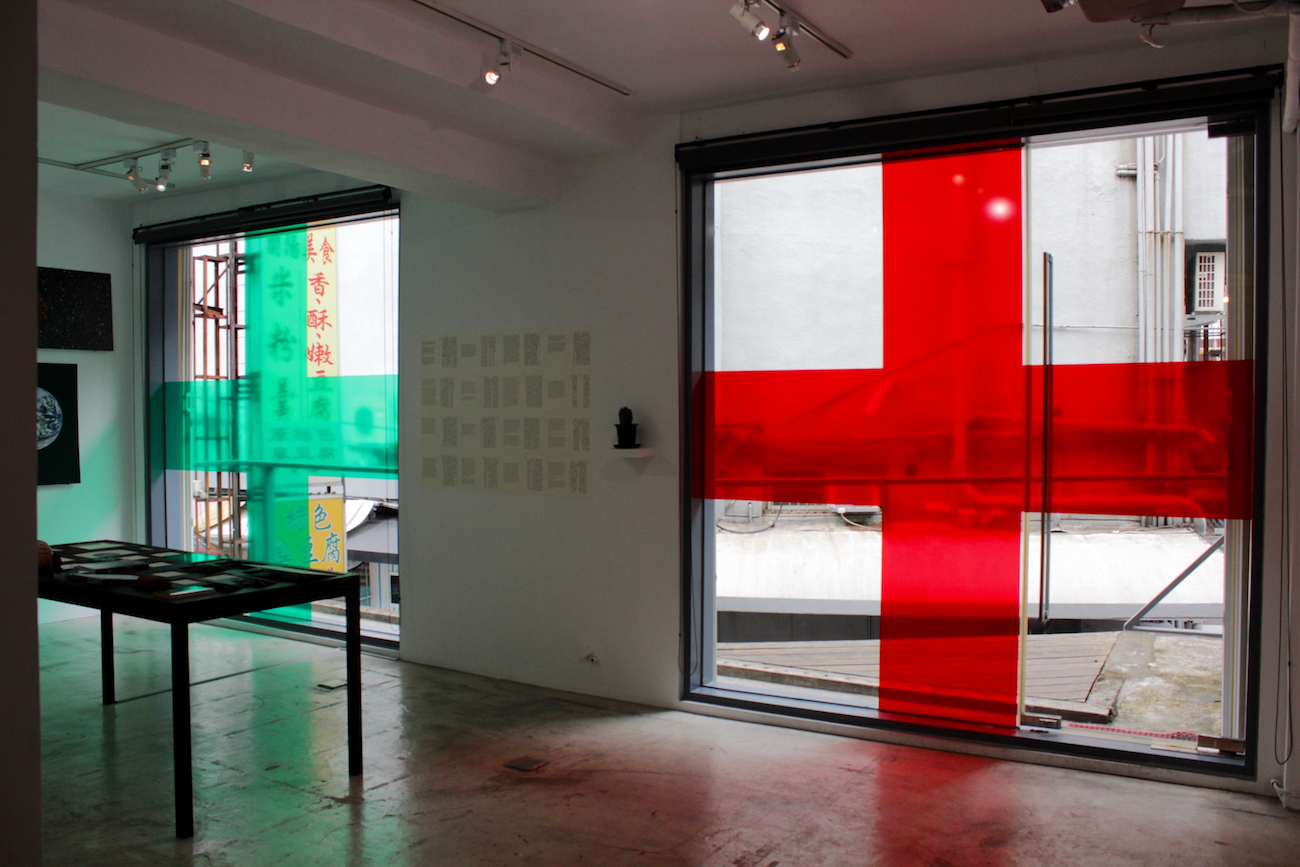
TheCube Project Space is pleased to present the duo artists James T. HONG and Yin-Ju CHEN’s collaborative project titled The Starry Heavens Above and the Moral Law Within.
Contemporary analyses of “drugs” are mostly confined to the disciplines of medical science and jurisprudence. In this collaborative project, the two artists innovatively address the issue of “drugs” in an interdisciplinary context by examining in depth its relationship with modernity, clashes of civilizations and consciousness awareness. Adopting various media by juxtaposing files, historical documents, paintings and videos to create the perceptional atmosphere and narration, the two artists not only investigate the concepts and metaphors of “drugs,” but also transform them into the media as reflections of the human spirit, history, culture and society.
James T. HONG and Yin-Ju CHEN have participated in numerous international exhibitions. HONG is also a director of experimental films in addition to being an artist. His works cover a profusion of issues ranging from philosophical themes and figures to racism, class, and historical conflicts in Asia. CHEN adopts video, painting, photography and performance as the media for her artistic practice. Her focus of attention is the power structure of society, which incorporates nationalism, racism, collective (un)consciousness, and occultism. Working collaboratively, the two artists consider “drugs” a battlefield and the symbol of the clash of civilizations, thereby developing two historical perspectives for discussing pre-modernity/modernity/anti-modernity.
The Exhibition
Roughly categorized into four parts, this exhibition about drugs begins with the epitaph on Immanuel Kant’s tombstone in the Kaliningrad Oblast.
Two things fill the mind with ever new and increasing admiration and awe, the more often and steadily we reflect upon them: the starry heavens above me and the moral law within me.
Perhaps Kant’s most famous quote, it encapsulates much of Kant’s metaphysical and moral theory by demarcating the mechanical world of nature, which follows the laws of cause and effect, as opposed to one’s individual consciousness, which despite being beholden to causality is also creatively and morally free.
The four parts:
1. Pre-modernity
Many pre-modern societies utilized various psychotropic plants for religious and spiritual ceremonies. Since these ancient societies predate the existence of the state, the notions of international drug smuggling or illegal drugs did not yet exist as such.
2. The Entrance of Modernity
Modernity, as introduced during the Opium Wars, became associated with the industrial revolution, the notion of a sovereign state, technological progress, modern medicine, and the use of reason. Our supposition is that the idea of a controlled substance – the drug – was codified during the Opium Wars. Drugs and medicines no longer merely came from one’s natural surroundings, but could be industrially produced, designed, and processed with maximum efficiency and profits.
3. The Violence of Modernity
Once natural drugs could be synthesized into more powerful and dangerous concoctions, governments, mafias, and corporations began to control the distribution and prescription of drugs. Drug trafficking and widespread abuse became social problems, and punitive measures designed to control the drug trade become “the war on drugs.” Drugs and violence would now be indelibly linked. Richer nations had more access to potentially lifesaving drugs or vaccines, and tens of thousands of people around the world would be incarcerated, beaten, and/or executed for drug offences.
4. The Resistance to Modernity
The rise of “post-modernity” would also be a call to ancient practices and rituals. The pre-modern shaman would make a return to the modern cultural world. People wanted personal experiences that weren’t completely fabricated by Hollywood, a government, or a multinational corporation. Some drugs came to be associated with freedom and resistance against the state and the modern “totally administered society.”
The Artists
Yin-Ju CHEN
Yin-Ju CHEN’s primary medium is video, but her works also include photos, installations and drawings. In the past few years she has focused on the function of “power” in human society. Her recent projects also investigate the relationship between the cosmos and human behaviour.
CHEN has participated in many exhibitions, including: Action at a Distance – Yin-Ju Chen Solo Exhibition (IT PARK, Taipei, 2015), Shanghai Biennale 2014 – Social Factory (Power Station of Art, Shanghai, 2014), A Journal of the Plague Year. Fear, ghosts, rebels. SARS, Leslie and the Hong Kong story (2013 – 2014 Touring: Hong Kong, Taipei, Seoul, San Francisco), The 2nd CAFAM Biennale – The Invisible Hand: Curating as Gesture, curated by Weng Xiaoyu (The Central Academy of Fine Arts Museum, Beijing, 2014), Utopien vermeiden – Werkleitz Anniversary Festival, curated by Anselm Franke, Halle, 2013, etc. She was a resident artist at Rijksakademie van Beeldende Kunsten (Amsterdam, The Netherland, 2010-2011).
James T. HONG
James T. HONG is a filmmaker and artist who has been producing films and videos for nearly twenty years. He has produced works about Heidegger, Spinoza, Japanese biological warfare, and racism. His current research focuses on nationalism and disputed territories in East Asia.
His films and videos include Behold the Asian: How One Becomes What One Is, Condor: A Film from California, Suprematist Kapital, and The Denazification of MH about Martin Heidegger, which is analyzed in the journal Film-Philosophy. Hong produced the award-winning documentary 731: Two Versions of Hell about Japan’s Unit 731 in 2007, which was followed by Lessons of the Blood in 2010. His 2012 short film The Turner Film Diaries is based on the infamous, racist American novel, The Turner Diaries.
HONG has participated in many exhibitions, including: A Journal of the Plague Year. Fear, ghosts, rebels. SARS, Leslie and the Hong Kong story (2013 – 2014 Touring: Hong Kong, Taipei, Seoul, San Francisco), The 2nd CAFAM Biennale – The Invisible Hand: Curating as Gesture, curated by Weng Xiaoyu (The Central Academy of Fine Arts Museum, Beijing , 2014), Utopien vermeiden – Werkleitz Anniversary Festival, curated by Anselm Franke, Halle, 2013, etc
Opening reception | 15:00 / July 11th, 2015
Date | July 11th, 2015 – October 4th, 2015 (Wed-Sun 2-8pm)
Venue | TheCube Project Space (2F, No 13, Aly 1, Ln 136, Sec 4, Roosevelt Rd, Taipei, Taiwan)
Organizer | TheCube Project Space
Space sponsor | Ministry of Culture
Exhibition sponsor | National Culture and Arts Foundation
Category:
Date:
2015 年 7 月 3 日

